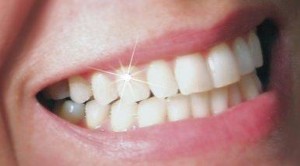
There might be some truth in that old saying – according to research by the University of Kansas, forcing oneself to front a smile can actually positively reduce stress levels.

 ‘Grin and bear it’, ‘grimace’, ‘gammy smile’ – there’s an array of sayings and terms to describe the practice of smiling despite not really wanting to, and as it turns out – there’s method in this madness.
‘Grin and bear it’, ‘grimace’, ‘gammy smile’ – there’s an array of sayings and terms to describe the practice of smiling despite not really wanting to, and as it turns out – there’s method in this madness.
According to researchers at the University of Kansas, ‘covertly manipulating ones facial expressions’ positively influences cardiovascular and affective responses to stress. In their research paper, ‘The Influence of Manipulated Facial Expression on the Stress Response’, the experiences of 170 participants were tracked in order to find out whether it really is possible to ‘fake it til you make it’.
Participants were divided into two groups, with the first naïve to the purpose of the study. Group 1 was completed two stressful tasks while holding chopsticks in their mouths in a manner that produced a ‘Duchenne smile’ (a smile which engages both the mouth, cheek and eye muscles), a standard smile, or a neutral expression.
Awareness was manipulated by asking half of all participants in the smiling groups to smile (and giving the other half no instructions related to smiling). Findings revealed that all smiling participants, regardless of whether they were aware of smiling, had lower heart rates during stress recovery than the neutral group did – those who engaged a Duchenne smile had a slightly higher advantage once again.
Participants in the smiling groups who were not explicitly asked to smile reported less of a decrease in positive affect during a stressful task than did the neutral group.
The moral of the story? Grin and bear it!